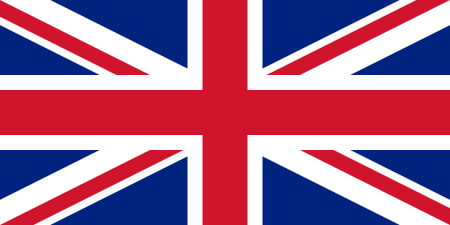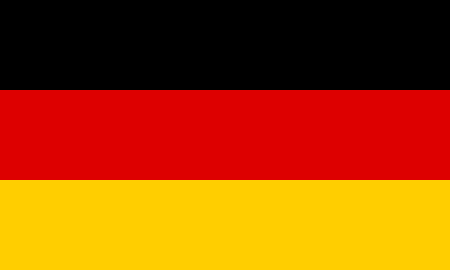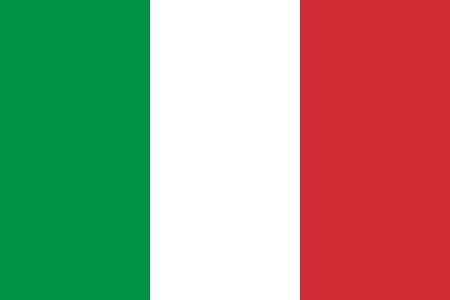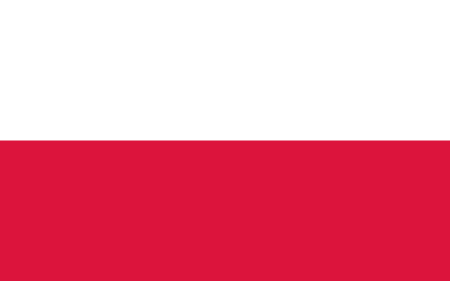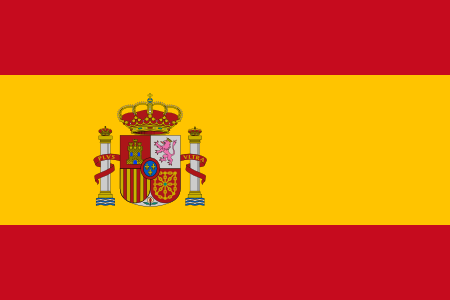Here at DPM, we’ve been a proud buyer and supplier of used, second hand and refurbished printing presses for over two decades. As one of the world’s foremost buyers and suppliers of graphic arts equipment, we know the importance of sourcing the right machine at the right price for our portfolio of global clients. When it comes to presses that are used by commercial printers, there are two primary options available: sheetfed LED presses or digital machines.
But when faced with this decision, how do you decide on which machine will best meet the needs of your business? Ultimately, this will depend on what type of products you are printing.
Before we dive into the benefits of each machine, let’s first define what each machine does and the Types of products they are ideal for producing.
Sheetfed LED presses
Sheetfed offset printers feed the press with individual cut sheets rather than a continuous web of sheets. The process is often referred to as ‘offset’ because the image is transferred from plates to the blanket, before finally going onto paper.
Traditionally, the ink is dried using either an infrared dryer, hot air, or given the time to dry in a stack for a couple of days. As the Name suggests, sheetfed LED presses use an LED lamp, which instantly dries the ink as soon as it passes the lamp. This means that printers no longer have to deal with long drying times, which significantly reduces lead times, or the chances of printed sheets becoming damaged.
Generally speaking, sheetfed LED printing is ideal for commercial printers, who produce catalogues, books and mailers, or packaging printers, who produce labels for food and drink products.
Digital presses
Digital machines are a quick and cost-effective way of printing items without compromising on finish. If a lot of the items you produce involve an element of personalisation, such as mailers with individual names and addresses, then digital presses are most suitable for these Types of projects. It’s ideal for projects that require a quick turnaround, as there is no need to manually set up plates to print.
So how exactly does digital printing work?
Instead of using metal plates to transfer an image, digital printing presses print the image directly onto the media substrate. Historically, digital printing presses have used toner-based technology, but this has evolved in recent years to inkjet technology, which is cheaper, quicker and better quality.
The benefits of sheetfed LED presses
LED UV printing in the sheetfed offset market has advanced rapidly in years gone by, catching up with, and even surpassing, the performance of Other forms of low energy and high wavelength or hybrid UV curing.
If printers are looking to create a brochure or catalogue that has a truly premium feel, then LED UV printing is one of the best ways to achieve this finish. The benefits of using an LED UV printing press include:
- Faster drying: it uses light instead of heat to dry, which results in shorter lead times.
- High quality finish: ink set off is eliminated because the ink dries instantly, meaning there is no run-off and the quality of the sheet finish isn’t affected.
- Enhanced Colours: because Colours don’t sink into materials, they appear much sharper, brighter and vivid.
- Eco-friendly: because of its instant turn on, turn off technology, and how quickly inks dries, UV LED printers use up far less energy than traditional printers.
The benefits of going digital
Because digital print technology is evolving with every passing day, the print quality is improving at a faster rate, which means it isn’t far off offering the same quality as sheetfed offset printing.
Where digital printing technology shines is producing cost-effective, short print runs on demand. As we mentioned earlier, it’s the suitable platform for any projects which require varied and personalised printing, as images and messages can be easily modified using variable data printing (VDP).
Poor print quality was once the stick used to beat digital printing technology with, but the pace at which the technology is advancing means these long-held disadvantages are quickly disappearing. When you consider the range of materials this technology can be printed on to, it’s easy to see why it’s become so popular.
If you’d like to know more About the difference between sheetfed and digital, and which machine would be ideal for your specific business requirements, please email dpmwebenquirires@dpm.uk.com or Contact Us on 01959 569900.

